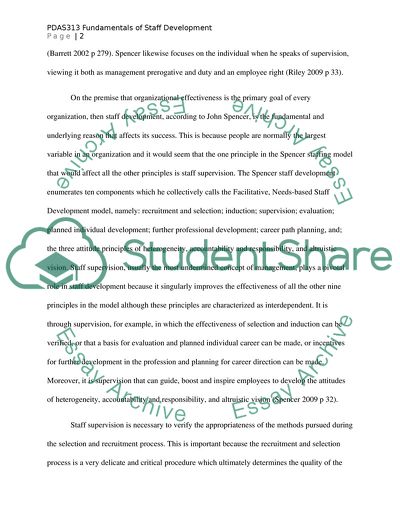Cite this document
(Fundamentals of Staff Development Essay Example | Topics and Well Written Essays - 3000 words, n.d.)
Fundamentals of Staff Development Essay Example | Topics and Well Written Essays - 3000 words. Retrieved from https://studentshare.org/human-resources/1721270-2500-word-essay-subject-pdas313-fundamentals-of-staff-development
Fundamentals of Staff Development Essay Example | Topics and Well Written Essays - 3000 words. Retrieved from https://studentshare.org/human-resources/1721270-2500-word-essay-subject-pdas313-fundamentals-of-staff-development
(Fundamentals of Staff Development Essay Example | Topics and Well Written Essays - 3000 Words)
Fundamentals of Staff Development Essay Example | Topics and Well Written Essays - 3000 Words. https://studentshare.org/human-resources/1721270-2500-word-essay-subject-pdas313-fundamentals-of-staff-development.
Fundamentals of Staff Development Essay Example | Topics and Well Written Essays - 3000 Words. https://studentshare.org/human-resources/1721270-2500-word-essay-subject-pdas313-fundamentals-of-staff-development.
“Fundamentals of Staff Development Essay Example | Topics and Well Written Essays - 3000 Words”, n.d. https://studentshare.org/human-resources/1721270-2500-word-essay-subject-pdas313-fundamentals-of-staff-development.


